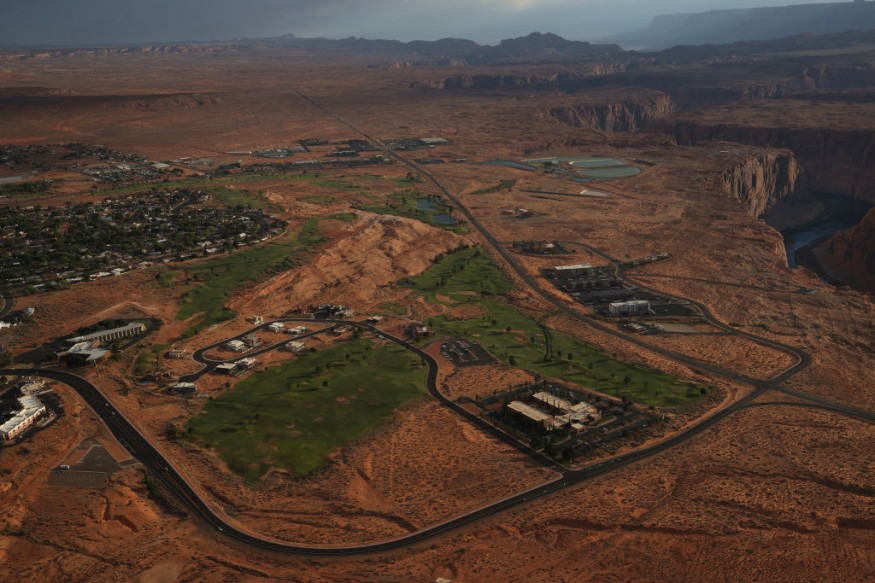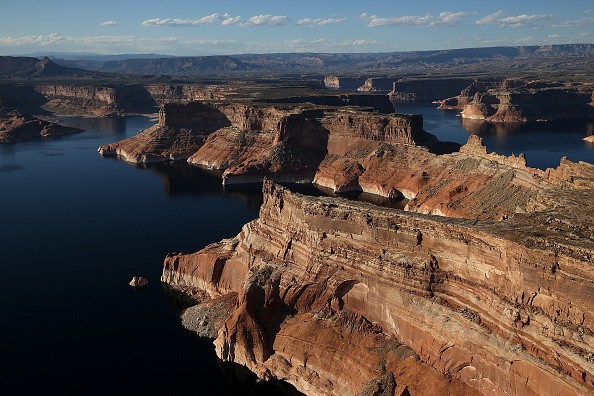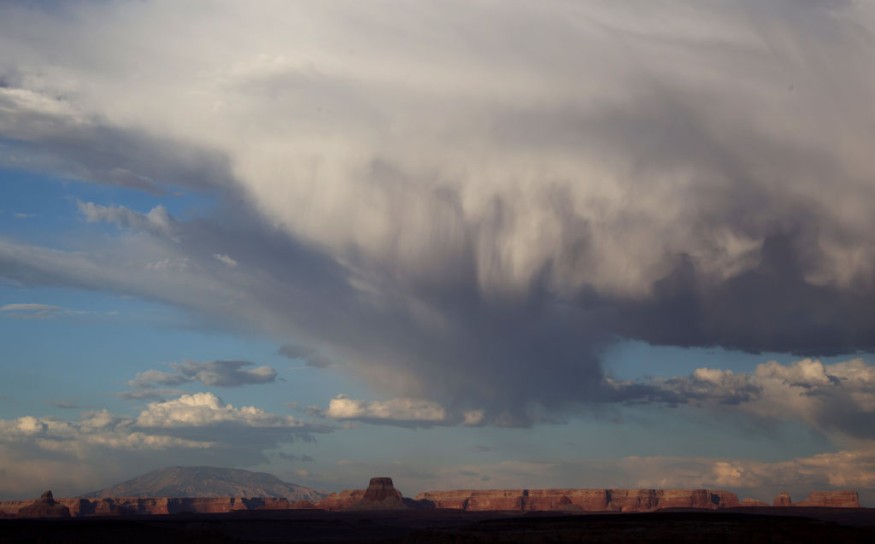The climate issue is all around us, but few sites better highlight its devastating repercussions than Arizona's red rock Lake Powell, the country's second-largest man-made reservoir, which provides water and power to millions across the West.

The reservoir is about a quarter full, the lowest level since it was built beside the Glen Canyon Dam in 1963 to serve as the West's "water bank account."
Photos of classic reservoir locations, such as Lone Rock Beach, now show a sandy lake bed with dried-up vegetation that has grown in barely a year.
What's going on in Lake Powell, on the other hand, isn't just a shocking visual. The reservoir provides water for cultivation and drinking to over 40 million people in seven US states, various tribal countries, and Mexico.
Also Read : Fear, Uncertainty, and Doubt Against Global Warming Remain High Despite Pressing Evidence
Falling Levels

Falling lake levels are threatening to shut down electricity supplied from the reservoir due to a climate-change-related "megadrought" that has resulted in the driest circumstances in over 1,000 years.
Water levels at the Glen Canyon Powerplant fell below 3525 feet (1075 meters) in mid-March, just 35 feet (11 meters) below the "minimum power pool" waterline required to keep the turbines turning at the plant, which provides low-cost energy to 5 million people in Arizona, Colorado, Nebraska, Nevada, New Mexico, Utah, and Wyoming.
Expected Rebound
Water levels are expected to rebound when the snow melts from the Rockies, but officials from the US Bureau of Reclamation warn that much more has to be done in the long run.
The Associated Press quoted Wayne Pullan, the bureau's regional director, saying, "Spring runoff will fix the deficiency in the short term." "However, our task isn't over yet."
Arizona, Nevada, California, and Mexico have enacted obligatory and voluntary water cutbacks to address the current problem.
The Tribal Utility Authority of the Navajo Nation, one of 50 tribal energy providers that rely on the dam, has announced a $4.5 million investment in alternate energy sources.

Climate Change Affecting the Waters
Climate change affects aquatic habitats, and the ramifications of future climatic changes include a wide range of adverse outcomes (EPA, 2014). More frequent severe events may result in greater floods, pollutant transfer, sediment erosion, and longer droughts.
Human activities that burn fossil fuels release gases (mostly CO2 and CH4) into the atmosphere, trapping heat. Undoubtedly, our climate is changing. These changes will result in extreme climate variations (e.g., changes in the frequency and severity of storms and floods), rises in world water temperatures, ice cover decreases, and biotic changes. Climate change will influence our land and water resources and economy, with precise resource management and policy consequences.
For more than two decades, experts have been studying the effects of future climate change on lake and freshwater ecosystems worldwide. The Intergovernmental Panel on Climate Change has released numerous thorough studies (IPCC).
For similar news, don't forget to follow Nature World News!
© 2025 NatureWorldNews.com All rights reserved. Do not reproduce without permission.




